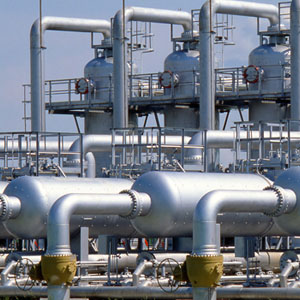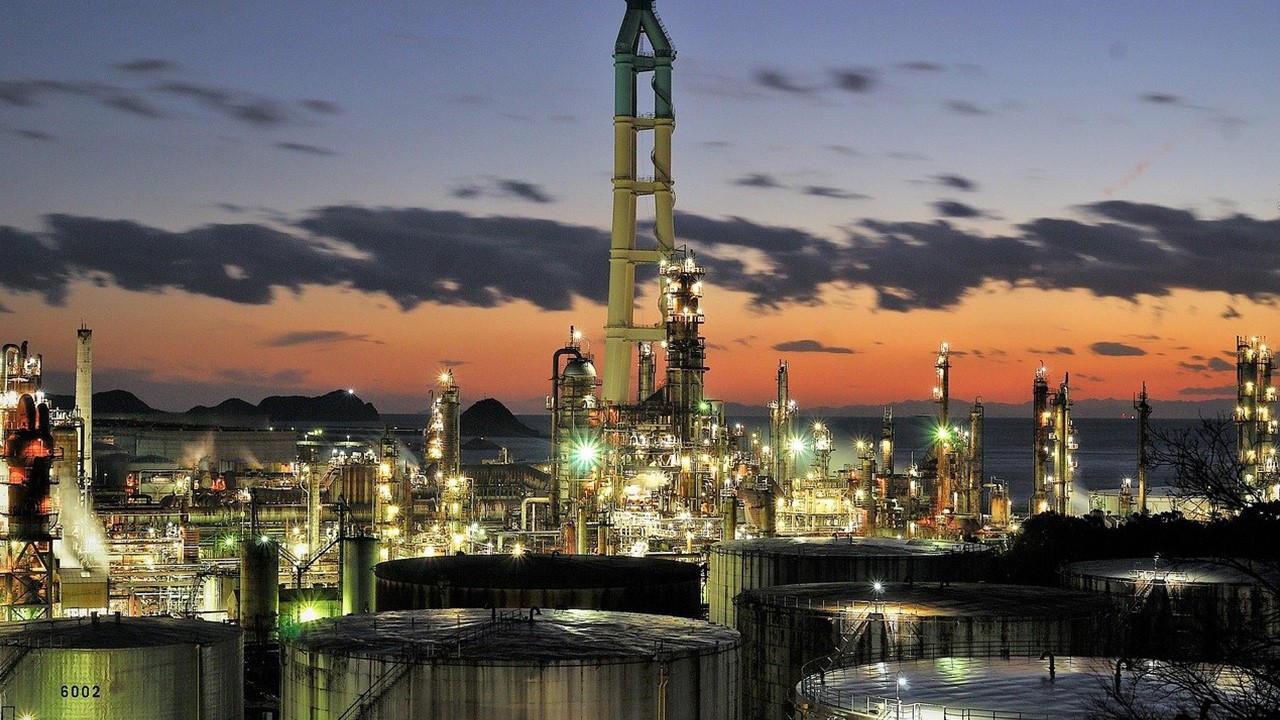- Home
- Industries
- Gas
GAS
Natural-gas processing is a complex industrial process designed to clean raw natural gas by separating impurities and various non-methane hydrocarbons and fluids to produce what is known as pipeline quality dry natural gas.
Most natural gas extracted from the Earth contains, to varying degrees, low molecular weight hydrocarbon compounds; examples include methane (CH4), ethane (C2H6), propane (C3H8) and butane (C4H10). The natural gas extracted from coal reservoirs and mines (coalbed methane) is the primary exception, being essentially a mix of mostly methane and about 10 percent carbon dioxide (CO2).
Natural-gas processing plants purify raw natural gas from underground gas fields and from well heads with associated gas by removing common contaminates such as water, carbon dioxide (CO2) and hydrogen sulfide (H2S). Some of the substances which contaminate natural gas have economic value and are further processed or sold. The more efficient and effective your separations technology, the more a plant can benefit financially.

RELATED APPLICATIONS
There are a number of factors that affect the capacity and operation of a typical amine system. Solid or liquid contaminants in the system may cause foaming. The presence of foaming is typically addressed by the addition of expensive antifoam chemicals and/or by reducing the operating capacity of the amine system.
Natural gas gathering systems deliver large volumes of gas via pipeline to the central inlet of the gas processing facility. Removal of solid contaminants and free liquids present in the inlet gas is critical to the downstream process.
Deep Well facilities for the disposal of plant waste streams often employ nominally rated spray spun elements, bags, diatomaceous earth filters, and various other types of conventional filtration technology.
Fuel Gas Streams are frequently contaminated with liquid aerosols. The liquid exists as a stable and persistent “smoke” in the gas stream.
Many lube oil recovery processes create aqueous and hydrocarbon emulsions that are difficult to separate by means of conventional liquid/liquid separations technology.
There are two basic steps to the treatment of natural gas liquids in the natural gas stream. First, the liquids must be extracted from the natural gas. Second, these NGLs must be separated themselves.
Until recently, the Liquefied Natural Gas (LNG) market was a relatively small part of the gas processing world. The market has experienced a transformation fueled by the discovery of vast reserves in North America, Asia’s robust economic growth, larger populations, and the demand for cleaner energy.
Proper fluid and proppant placement are critical to a successful propped fracture stimulation treatment.
Glycol dehydration is a liquid desiccant system for the removal of water from natural gas and natural gas liquids (NGL).










